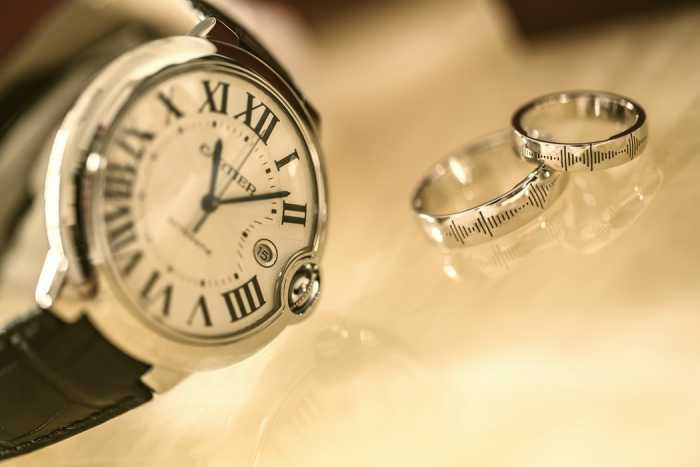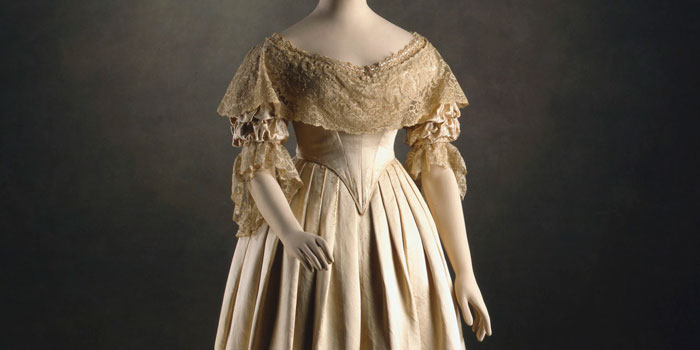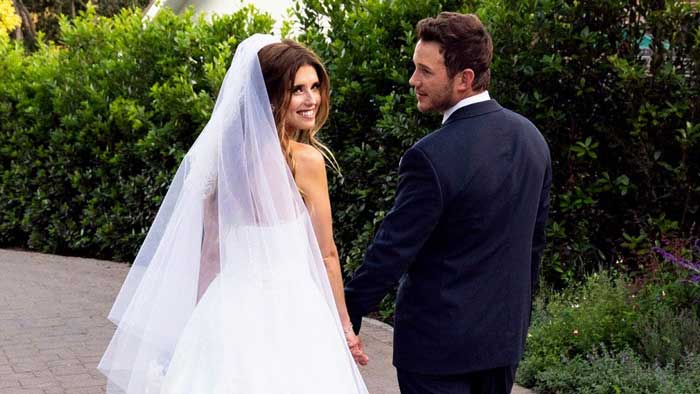Few happy newlyweds know the origins of a given wedding attribute or custom. For example, June is considered to be the best month for a wedding. In the past, it really was like this: having given birth in spring, a woman could already recover and work during the harvest time in autumn. The second reason is the lack of hygiene. In the past, many believed that bathing threatened health, and therefore they took baths rarely, sometimes only once a year. Very often it happened in June. So it was possible to get married when girls were fragrant with freshness after taking a bath.

The editorial staff of Geniusbeauty.com tried to find out the origin of things from the bridal wardrobe.
In the past, few people bought a dress for the celebration.
Now brides start preparing for the wedding long before the appointed date. Dresses are sewn to order, bought ready-made, or rented. Previously, this attitude towards the wedding ceremony was not practiced. Among other things, people didn’t have enough opportunities: to purchase a special outfit for the sake of a single day is quite problematic and costs a lot of money. Most people got married in the most beautiful clothes they had. Regardless of the style, color, or type of fabric.
Of course, there were prevailing social norms, which assumed which outfit to wear for an important event. But it was impossible to buy a new dress every time, so some girls were given just one gift (if there was enough money, of course) – for the age of adolescence. The girl got married in this dress and appeared at all special events, including funerals.
White came into fashion thanks to the queen of England
White came into fashion thanks to Queen Victoria, who married in 1840 in a cream-colored dress. The media wrote so much about this ceremony that all the brides of the world wanted a light dress in the blink of an eye.

The white color itself was not associated with innocence, as it is now. The explanation was much simpler: the methods of bleaching the fabric were complicated and expensive, and it was horrible to remove a stain. Therefore, people chose mainly dark colors, where no traces of dirt were visible. Only extremely rich people could afford to waste money buying a white outfit, so white has become a kind of synonym for luxury.
As for the color palette, its choice depended on the bride’s personal preferences and certain superstitious ideas. In Scotland, for example, green was considered the most unlucky color. There was even such an unpleasant tradition: if the bride had an unmarried older sister, she had to put on green garters at the wedding to be disgraced before other people.
The garter served as proof that the marriage took place
One theory is that the garter was used in the Middle Ages as evidence that marriage was made. After the ceremony itself, the husband and wife went to the bedroom. After a while, the guests came and tore this garter off the bride. Moreover, it was believed that whoever got this item would certainly be very lucky, so several people tried to grab the garter at the same time.
Over time, the tradition transformed into a ritual of throwing the garter into the crowd.
The bride also had a bouquet, but it did not consist of flowers at all

The bride’s bouquet was also different. It had to be pungent, so garlic, rosemary, thistle, and other strong-smelling herbs were used as a filling. Firstly, it interrupted the aroma prevailing on the streets in those days. Secondly, the participants of the celebration did not smell like roses either. Thirdly, it was believed that strong odors drive away from evil spirits.
Certain herbs (like dill) have been known as aphrodisiacs. During the wedding, the bride and groom had to eat a little of it so that the wedding night could be more successful.
There are several theories about why they began to throw a bouquet in the crowd of guests. According to one of them, the guests tried to do something for the bride at all costs. The frightened woman threw them a bouquet, ran away to the opposite side of the crowd, and hid there.
The veil used to cover the bride’s body
A veil has always been an integral part of a wedding, but it looked different. For example, in ancient Rome, brides wore a veil of red, yellow, or orange. It covered the woman’s body rather than her face. The purpose of this garment was to make the bride look like a flame. It was assumed that the fire drove away evil spirits.

A simple light dress or tunic was worn under the veil. At the waist, these clothes were tied with a belt and a special Herculean knot was made. The first thing that the husband had to do after the ceremony was to untie it.
In fact, the veil was treated differently. It was perceived by our ancestors as something extremely romantic. For example, the wife might wear it at night in order to evoke tender feelings in her husband.










